Amsterdam ranks among Europe’s most visited cities – its picturesque canals, world-class museums, and vibrant culture draw millions of tourists annually. Yet this popularity comes at a cost, with certain areas becoming uncomfortably packed during peak seasons.
Beyond the tourist-heavy center, though, lies a different Amsterdam – equally charming but refreshingly crowd-free. Here is a list of 15 ways to experience Amsterdam’s magic without battling throngs of visitors at every turn.
Eastern Docklands
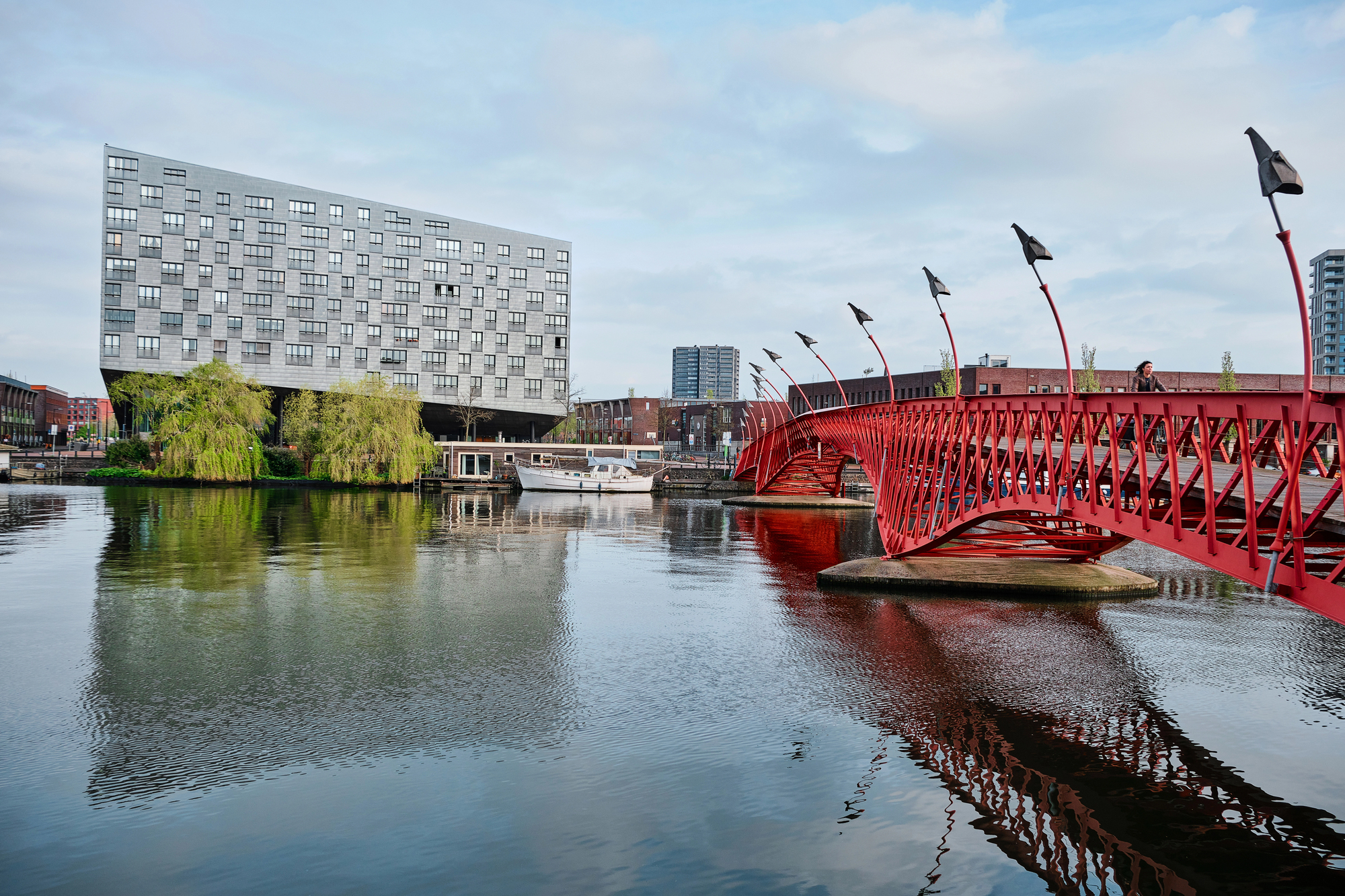
Once the bustling maritime heart of Amsterdam, the Eastern Docklands have transformed into an architectural playground – bold modern designs sit alongside converted warehouses. The area stretches across several artificial islands connected by striking bridges.
Locals outnumber tourists here as they jog along waterfront paths or enjoy coffee at dockside cafés that offer harbor views without the central canal belt crowds.
NDSM Wharf
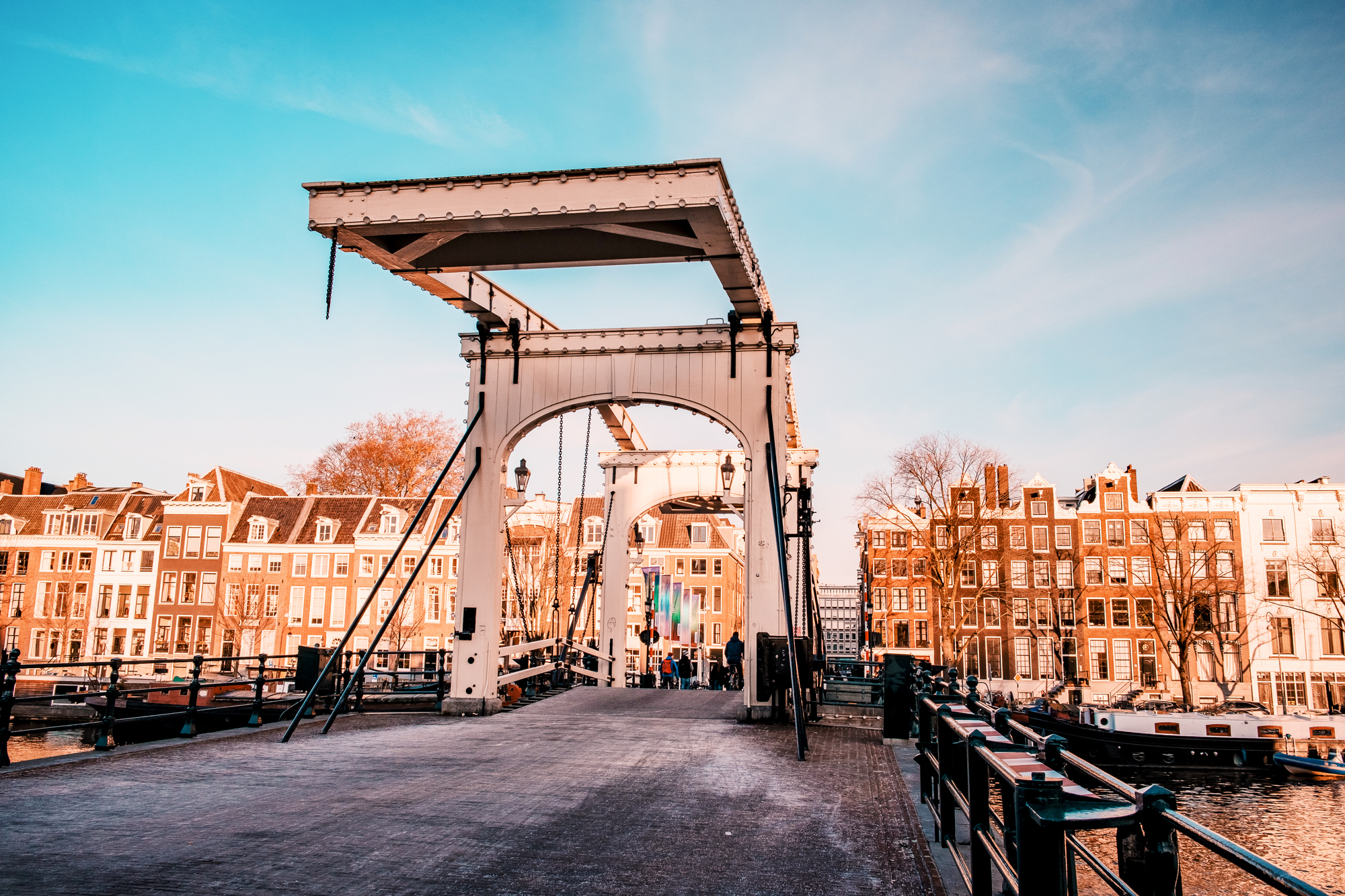
A free ferry ride from Central Station takes you to this former shipyard – now a sprawling cultural hotspot with massive street art murals decorating industrial buildings. Artists’ workshops occupy old shipping containers while restaurants serve food in repurposed greenhouses.
The monthly flea market draws bargain hunters searching for vintage treasures against the backdrop of Amsterdam’s industrial heritage – all just 15 minutes from the center yet worlds away from tourist paths.
Westerpark
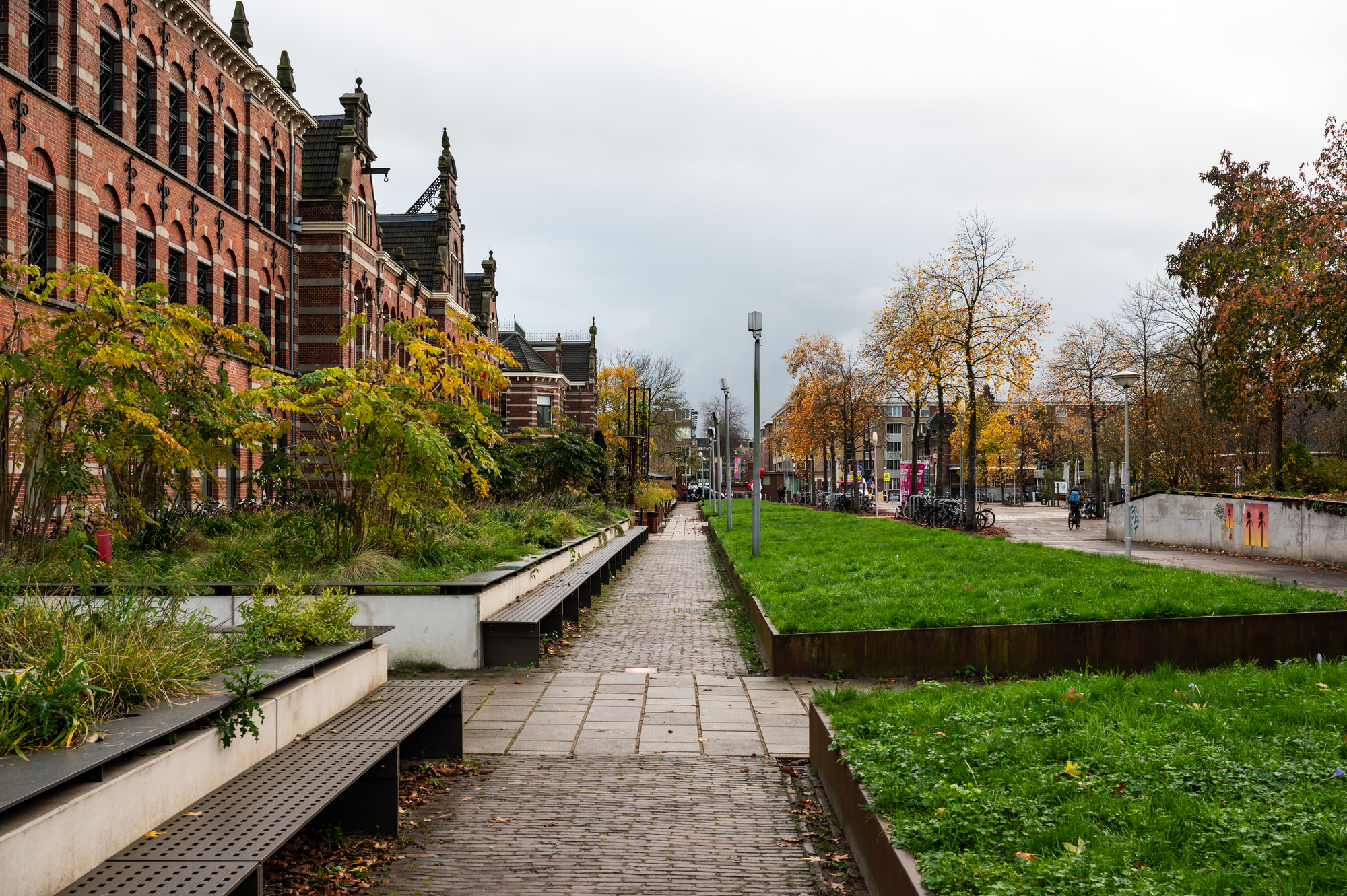
This verdant escape occupies the grounds of a former gasworks – its industrial buildings cleverly repurposed into cultural venues and eateries. The sprawling green spaces provide perfect picnic spots while paths wind past modern sculptures and seasonal wildflower meadows.
Unlike Vondelpark’s tourist-heavy scenes, Westerpark attracts locals walking dogs or lounging beside the pond – creating an authentic slice of Amsterdam life rarely featured in guidebooks.
Like Travel Pug’s content? Follow us on MSN.
Amsterdam Noord
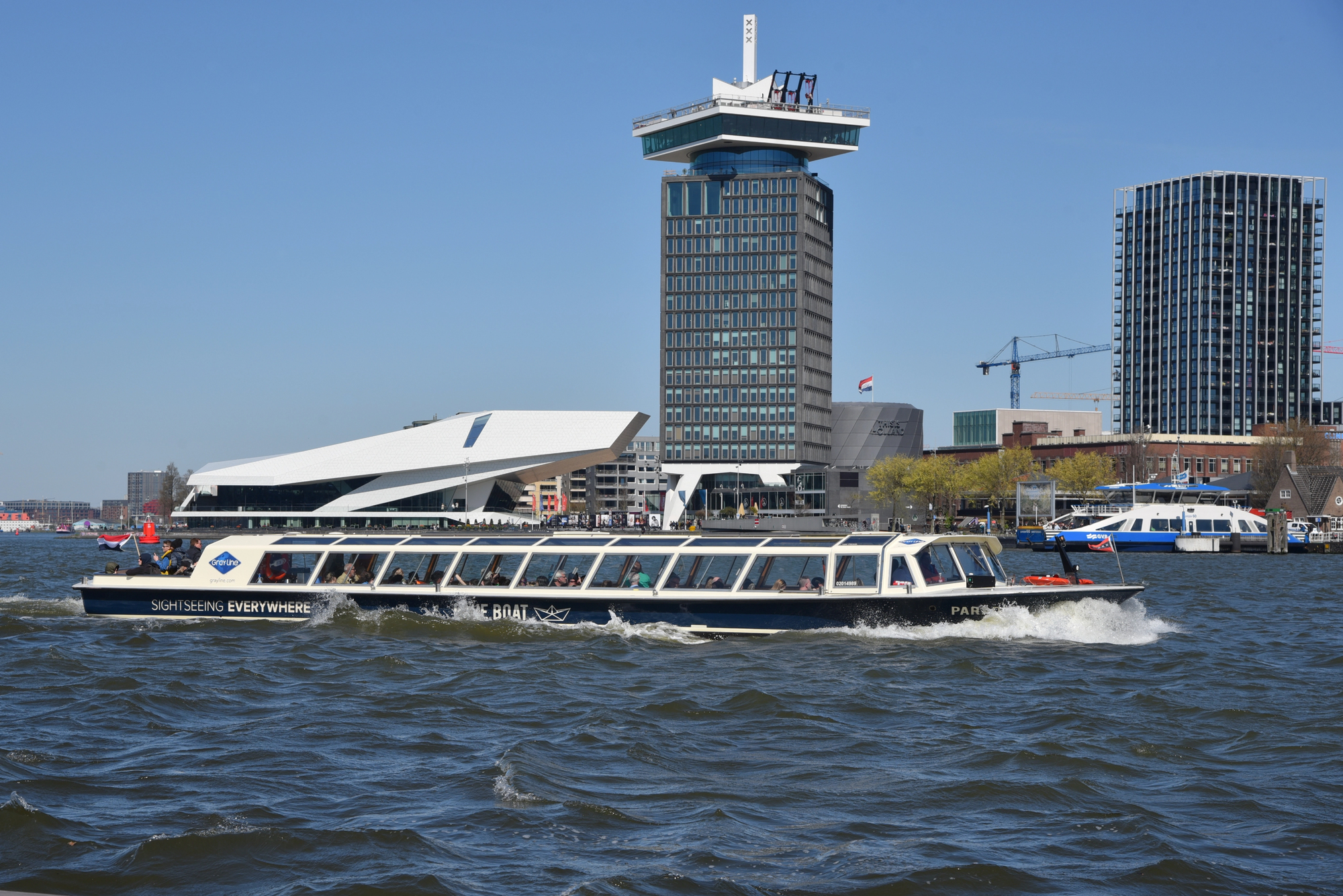
The northern bank across the IJ waterway feels almost like a different city – rural landscapes and quirky communities exist just minutes from Central Station. Free ferries shuttle passengers across the water to an area where former factories house film institutes and restaurants with waterfront terraces.
Cycling through villages with wooden houses offers glimpses into traditional Dutch life – complete with sheep grazing practically within sight of the city skyline.
Jordaan’s Hidden Hofjes
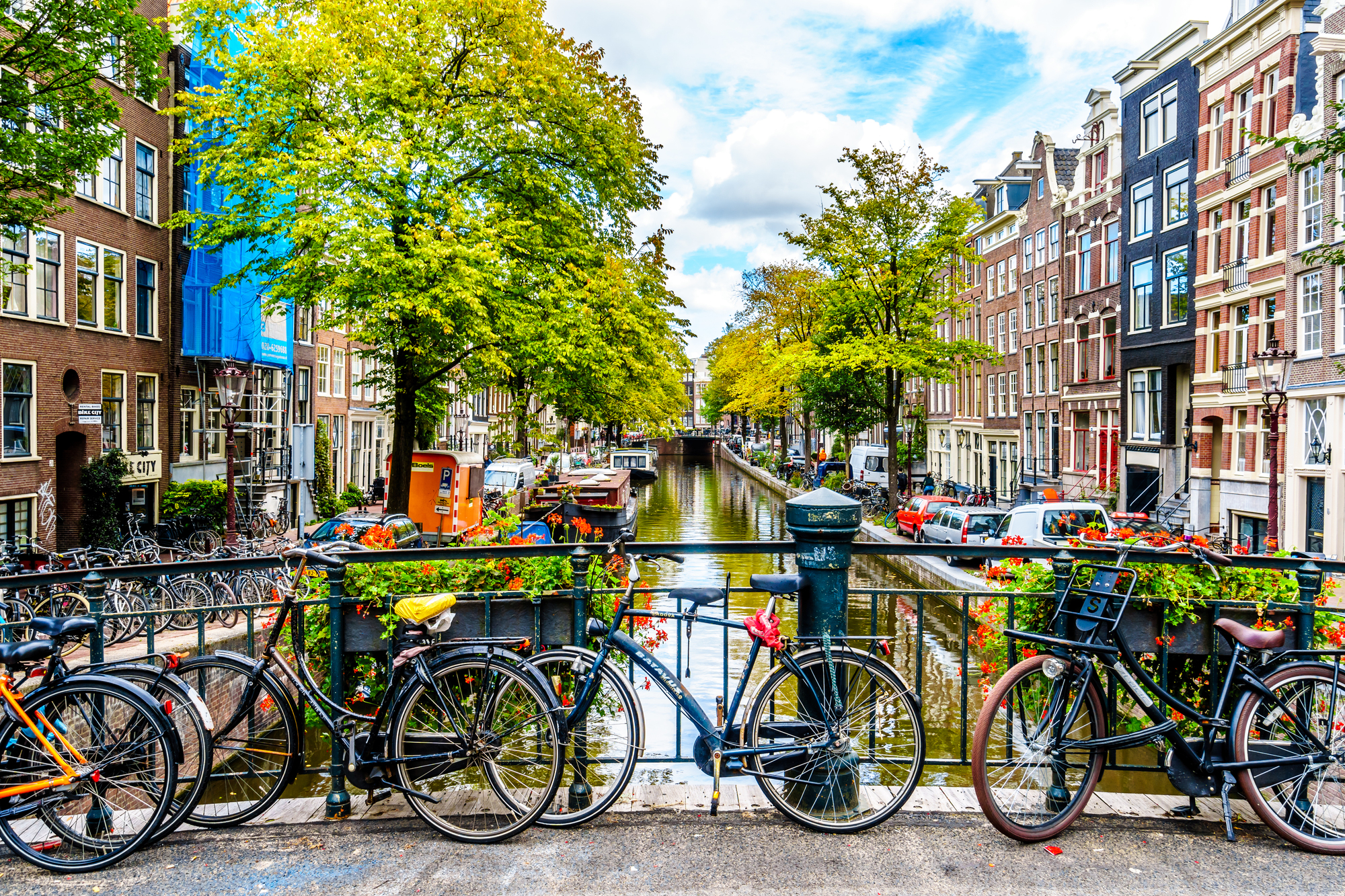
While tourists flock to the Jordaan’s main streets, few discover its hidden courtyards – peaceful enclaves of gardens surrounded by historic homes. These ‘hofjes’ originally housed elderly women and remain oases of tranquility amid the bustling neighborhood.
Finding them requires knowing where to look – small unmarked doorways in otherwise ordinary streets lead to these secret garden communities where residents tend flowers and chat on benches under ancient trees.
Museum Het Schip
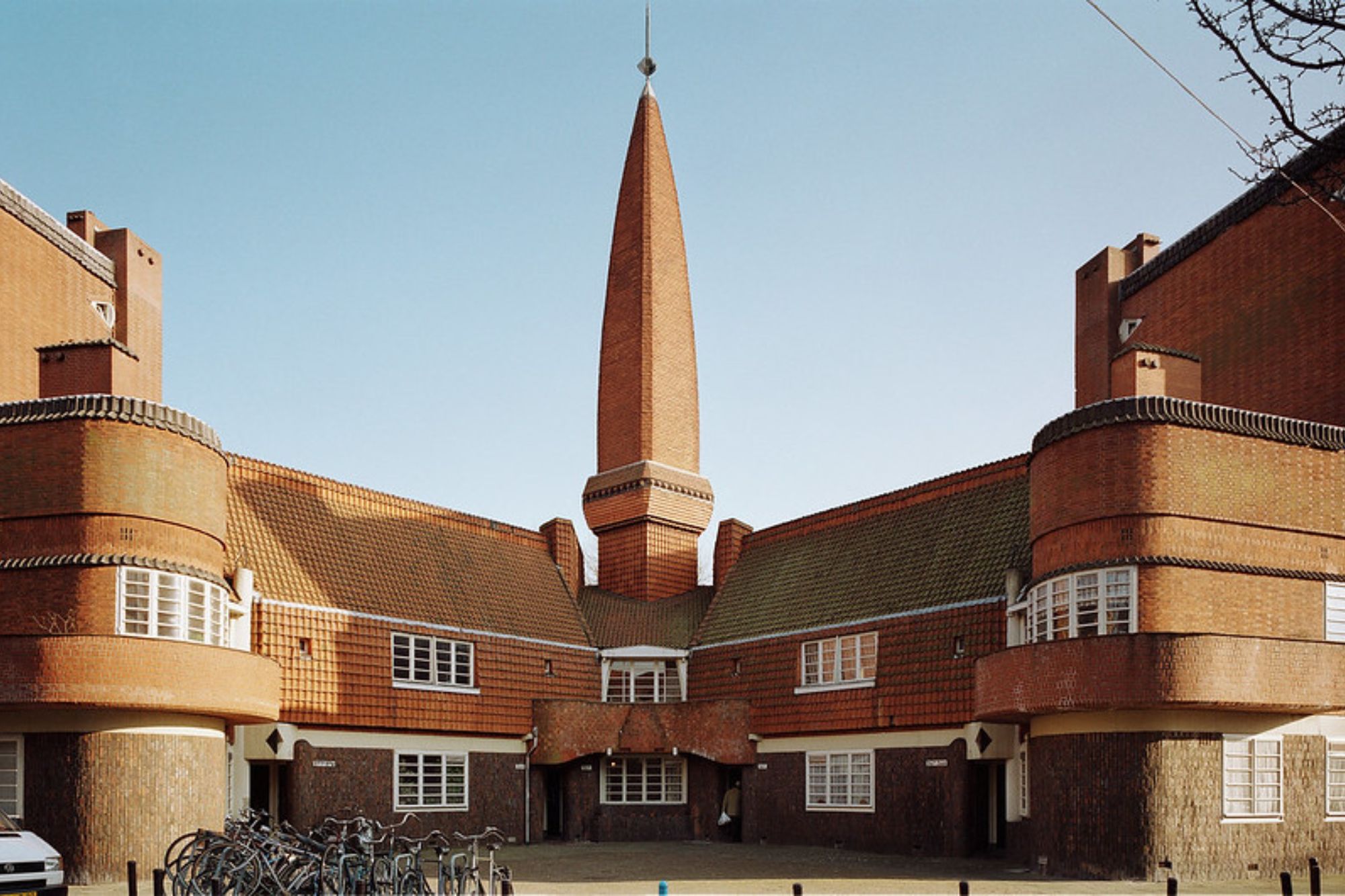
Architecture enthusiasts should head to Spaarndammerbuurt district – home to this masterpiece of Amsterdam School architecture that looks plucked from a fairytale. The building once served as a postal office for social housing residents – now it showcases the movement that brought art to everyday structures.
Unlike the packed Rijksmuseum, visitors here often get personalized attention from guides passionate about sharing Amsterdam’s architectural heritage with the handful of curious explorers who find their way here.
Like Travel Pug’s content? Follow us on MSN.
Begijnhof During Off-Hours
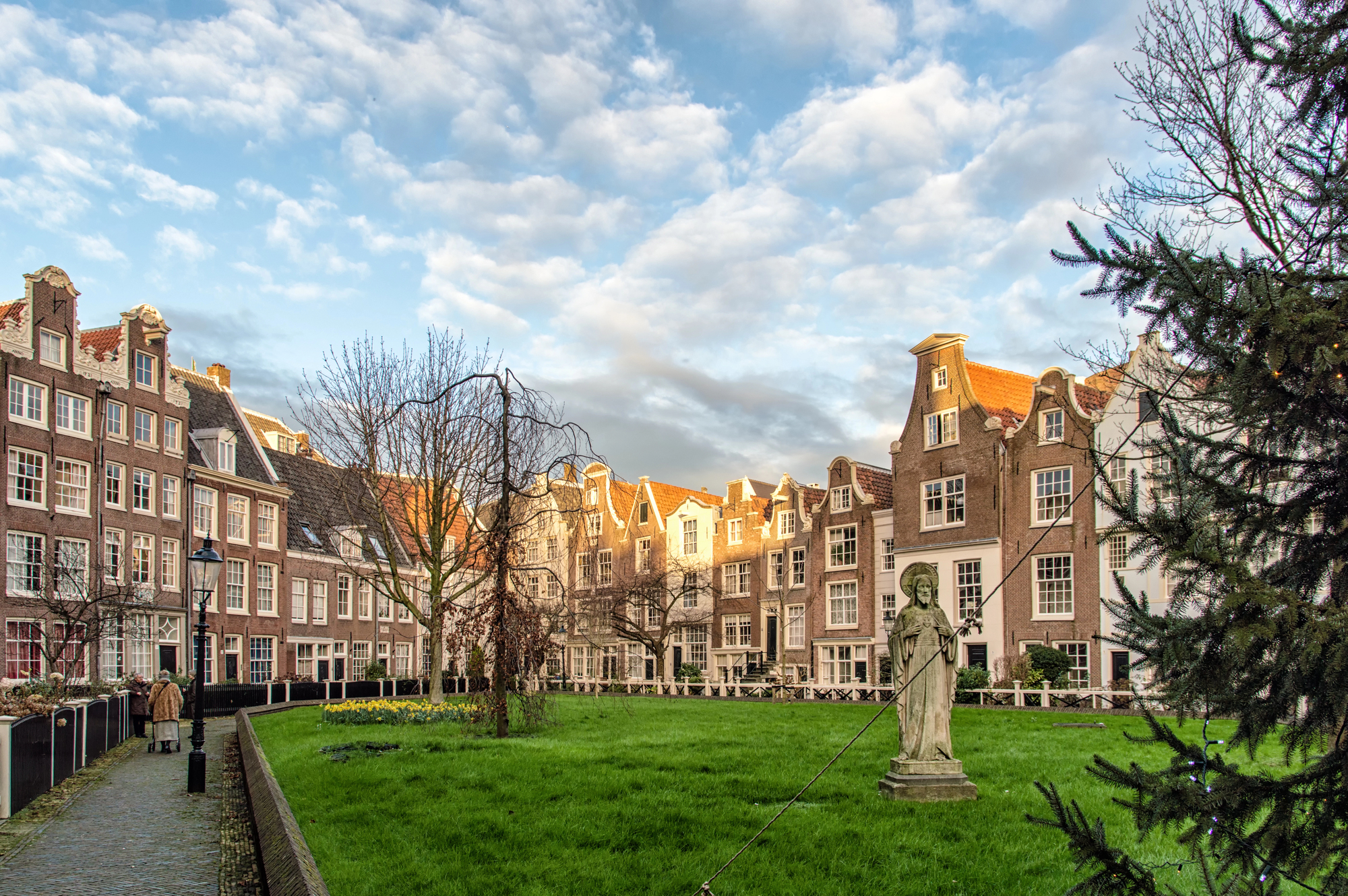
This medieval courtyard sits in the city center yet remains largely peaceful during early mornings or weekday afternoons. Originally home to a Catholic sisterhood of women who took no formal vows, today it offers a remarkably quiet retreat.
Visit around opening time – 9am on weekdays – and you might have the ancient chapel and Amsterdam’s oldest wooden house virtually to yourself while crowds queue elsewhere for Anne Frank House tickets.
De Ceuvel
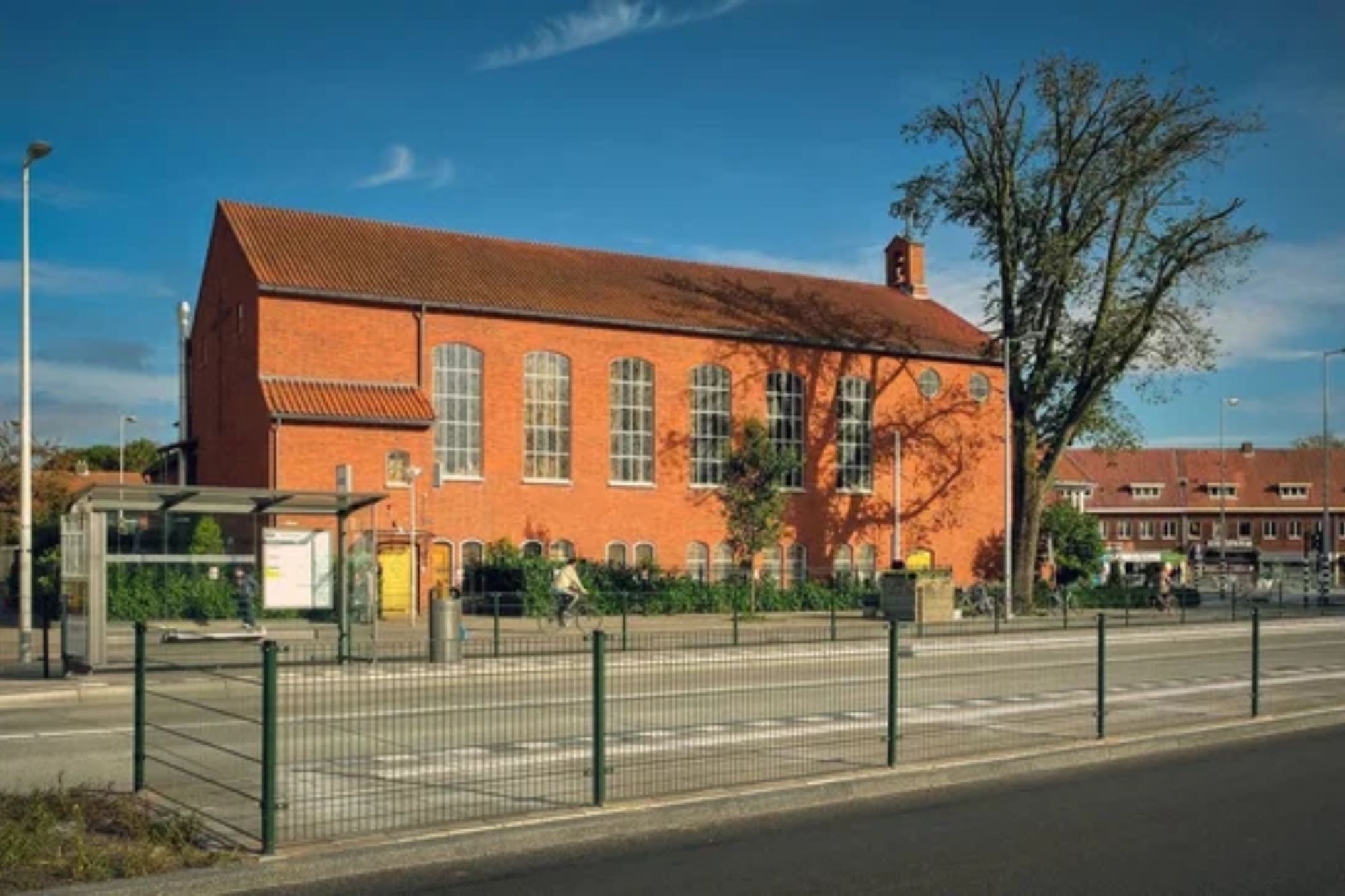
An abandoned shipyard transformed into an eco-village – complete with beached houseboats serving as offices for sustainable businesses. A raised walkway connects the boats while phytoremediation plants clean polluted soil beneath.
The café serves local organic food with waterside views that feel miles from tourist Amsterdam. This living laboratory for circular urban development attracts environmentally conscious locals rather than tourist groups – creating space for genuine conversations about Amsterdam’s sustainable future.
Plantage Neighborhood
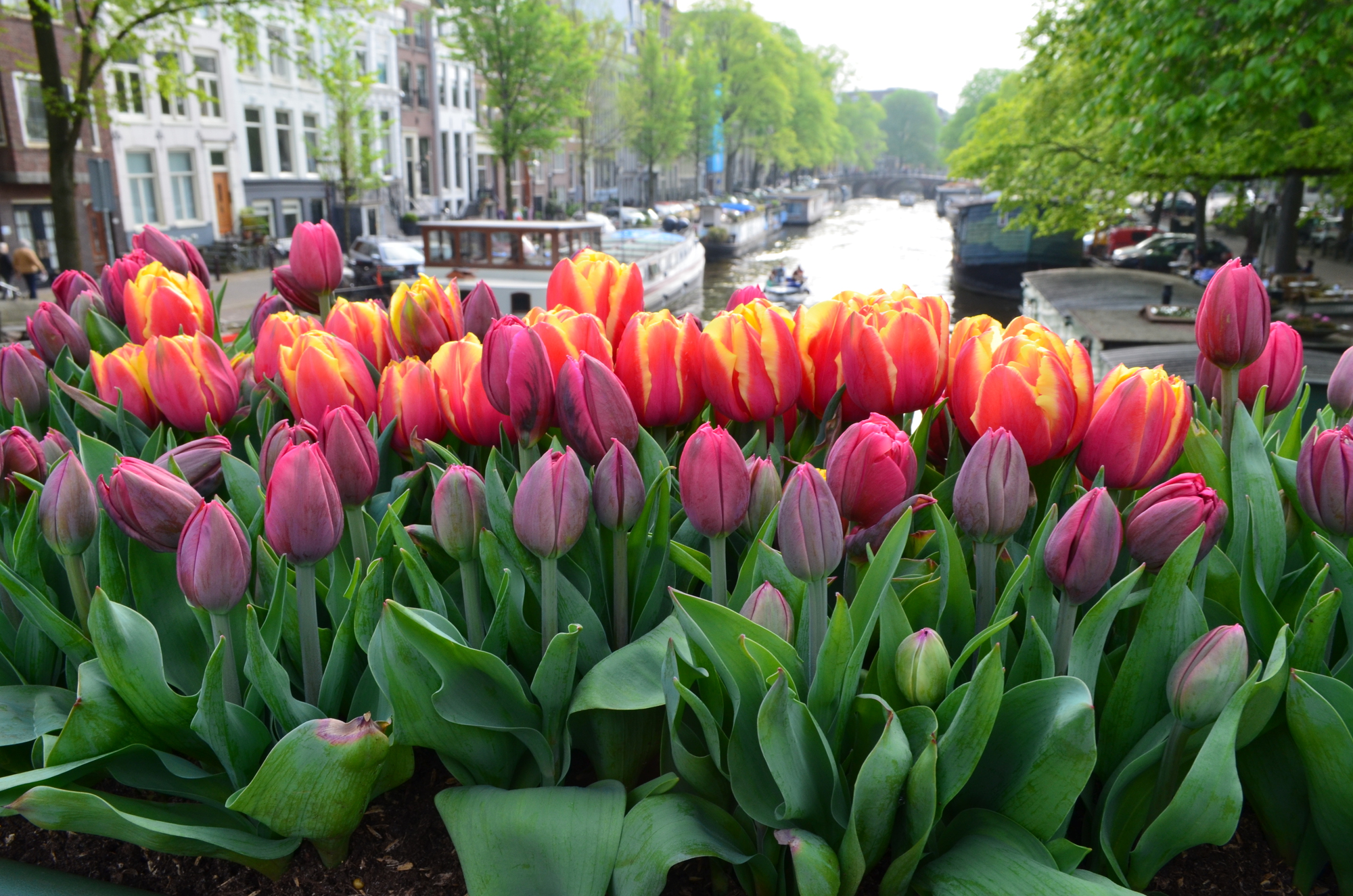
Just east of the center lies this leafy district – home to botanical gardens, the zoo, and scattered museums among tree-lined streets. University buildings mix with elegant 19th-century architecture where locals outnumber visitors most days.
Artis Zoo’s resident flamingos can be spotted from outside the fence – pink flashes are visible from public sidewalks. Tranquil Wertheimpark offers shady benches beneath mature trees – perfect for watching Amsterdam life unfold without souvenir shops in sight.
Like Travel Pug’s content? Follow us on MSN.
Albert Cuyp Market on Weekday Mornings

While this famous market draws crowds by midday – early birds catch genuine local atmosphere around 9am on weekdays. Vendors set up stalls selling everything from fresh herring to fabric while neighborhood residents shop for daily essentials.
Morning visits mean conversations with stallholders who have time to explain unusual Dutch foods or recommend how to prepare local specialties – interactions impossible during the packed afternoon hours when tourists arrive en masse.
Waterland Bicycle Route
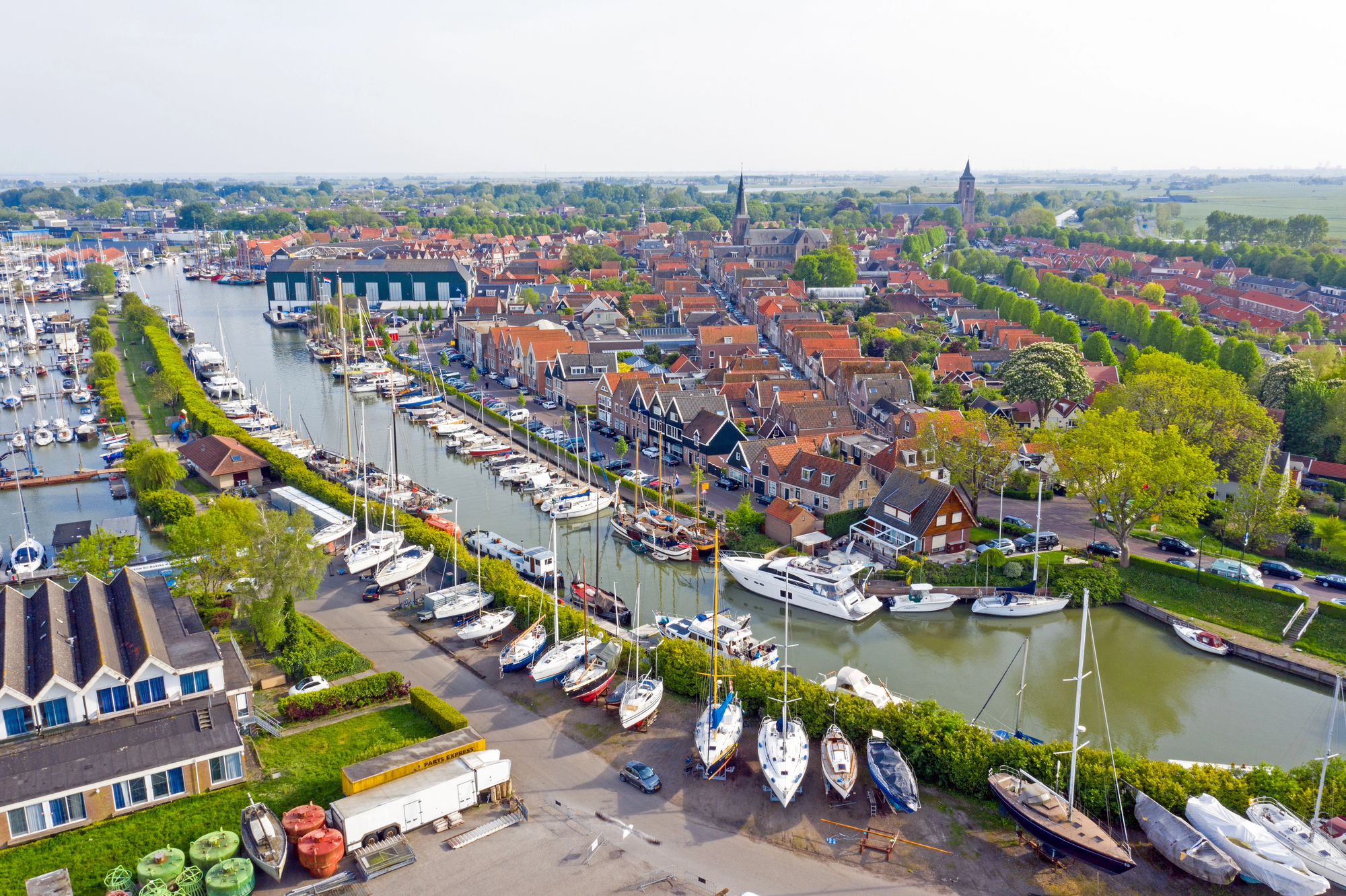
Just northeast of Amsterdam proper lies Waterland – a region of villages, polders, and wetlands accessible via a scenic cycling route. Historic communities like Ransdorp and Durgerdam feature wooden houses, tiny churches, and dykes overlooking marshlands where birds wade.
The 25-mile circular route passes through landscapes that appear unchanged for centuries – cows grazing on land reclaimed from the sea while windmills turn lazily on the horizon.
Westergasfabriek
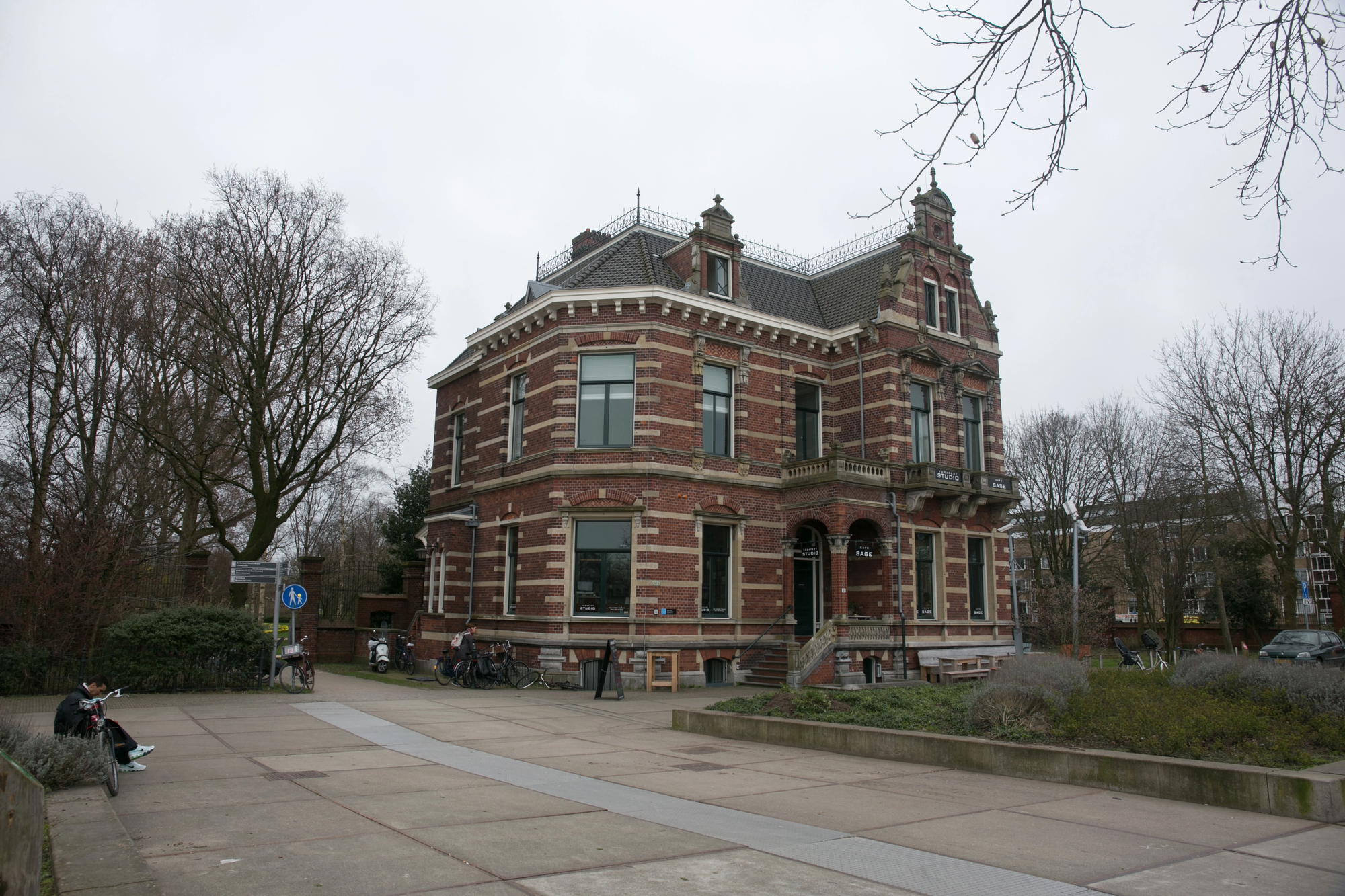
This former gas factory now houses cultural attractions in beautifully restored industrial buildings surrounding a landscaped park. Monthly Sunday markets showcase local designers, while independent film festivals screen works too experimental for mainstream venues.
The complex combines green spaces with industrial heritage – paths beside a meandering stream lead past brewery taprooms and artisanal food producers where Amsterdammers gather away from the tourist trail.
Like Travel Pug’s content? Follow us on MSN.
Nieuwendammerdijk
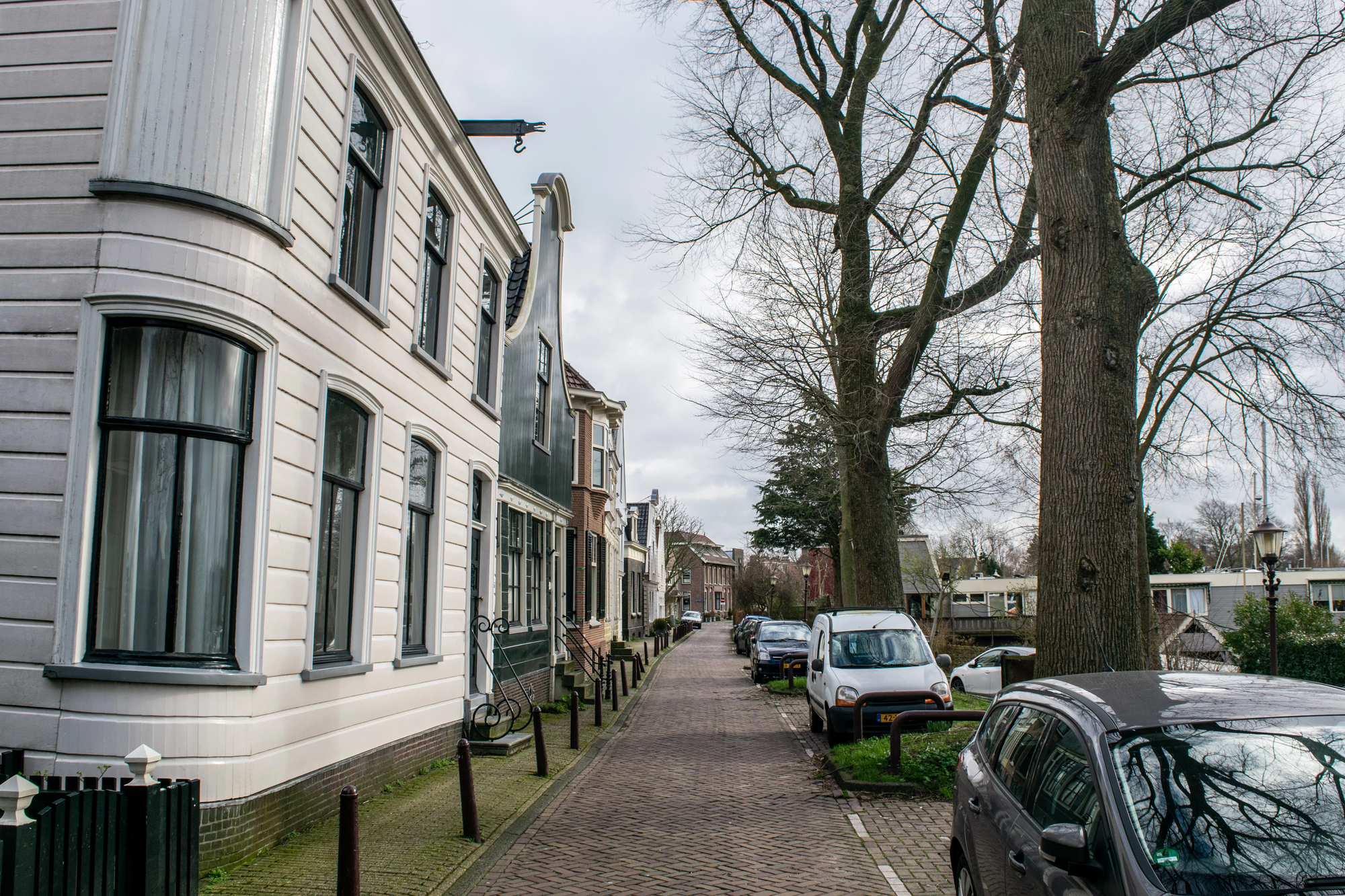
Along Amsterdam’s northern edge runs this historic dyke road lined with wooden houses dating back hundreds of years. Painted in traditional colors with decorative details, these homes were built for sea captains and shipyard workers when Amsterdam ruled global shipping routes.
The street feels frozen in time – flower boxes brighten windowsills while cats doze on narrow porches overlooking what was once open sea before land reclamation projects changed the coastline forever.
Rembrandt’s Neighborhood After Hours
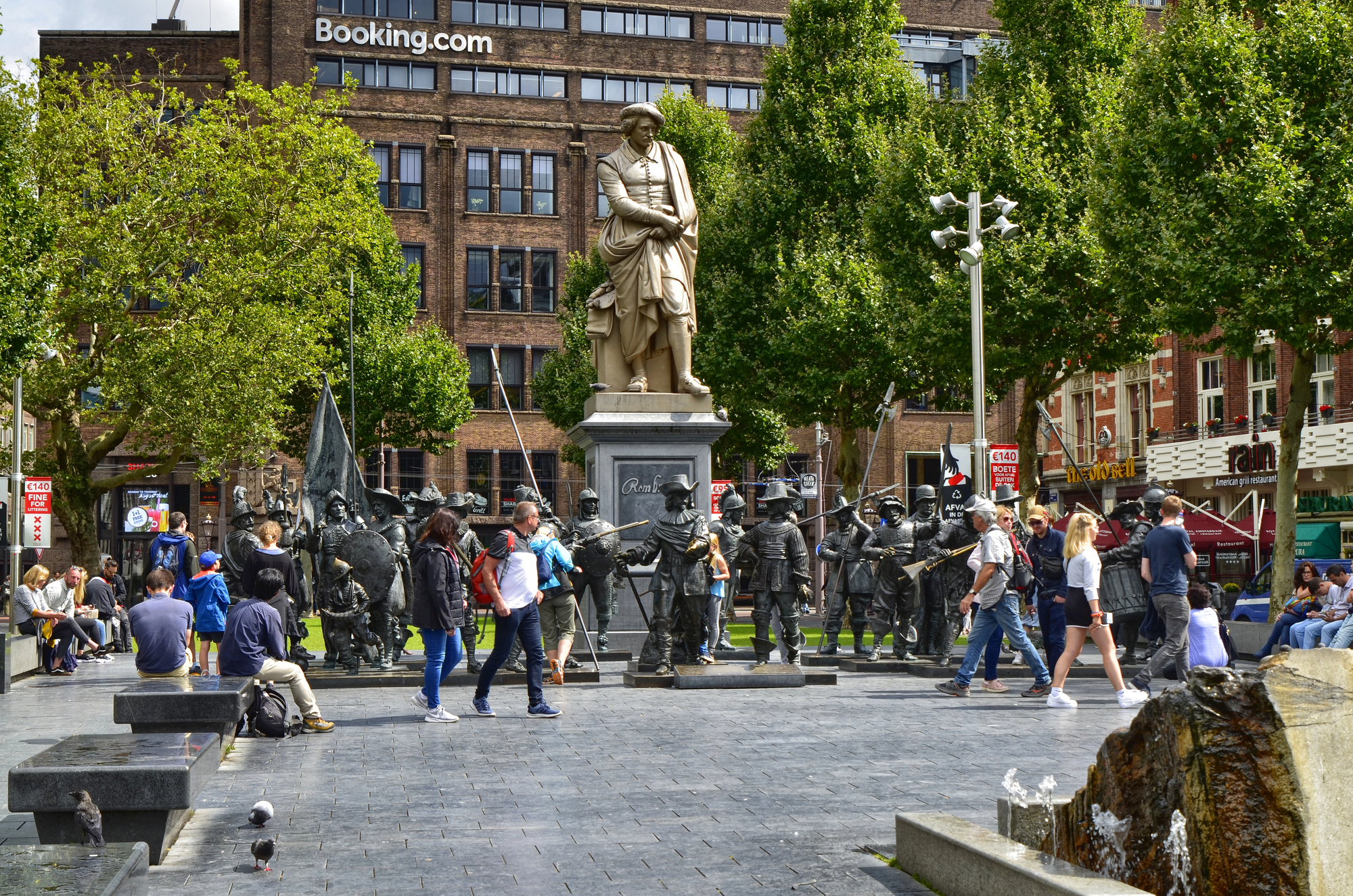
The area around Rembrandt’s House Museum empties remarkably as evening approaches. After 7pm, wander streets where the master painter lived and worked – admiring stepped gable houses reflected in quiet canals without daytime crowds.
Jodenbreestraat and surrounding lanes housed Amsterdam’s artistic community during the Golden Age. Today these streets offer atmospheric evening strolls past illuminated bridges and historic buildings – their details more visible without tour groups clustering on narrow sidewalks.
De Hallen
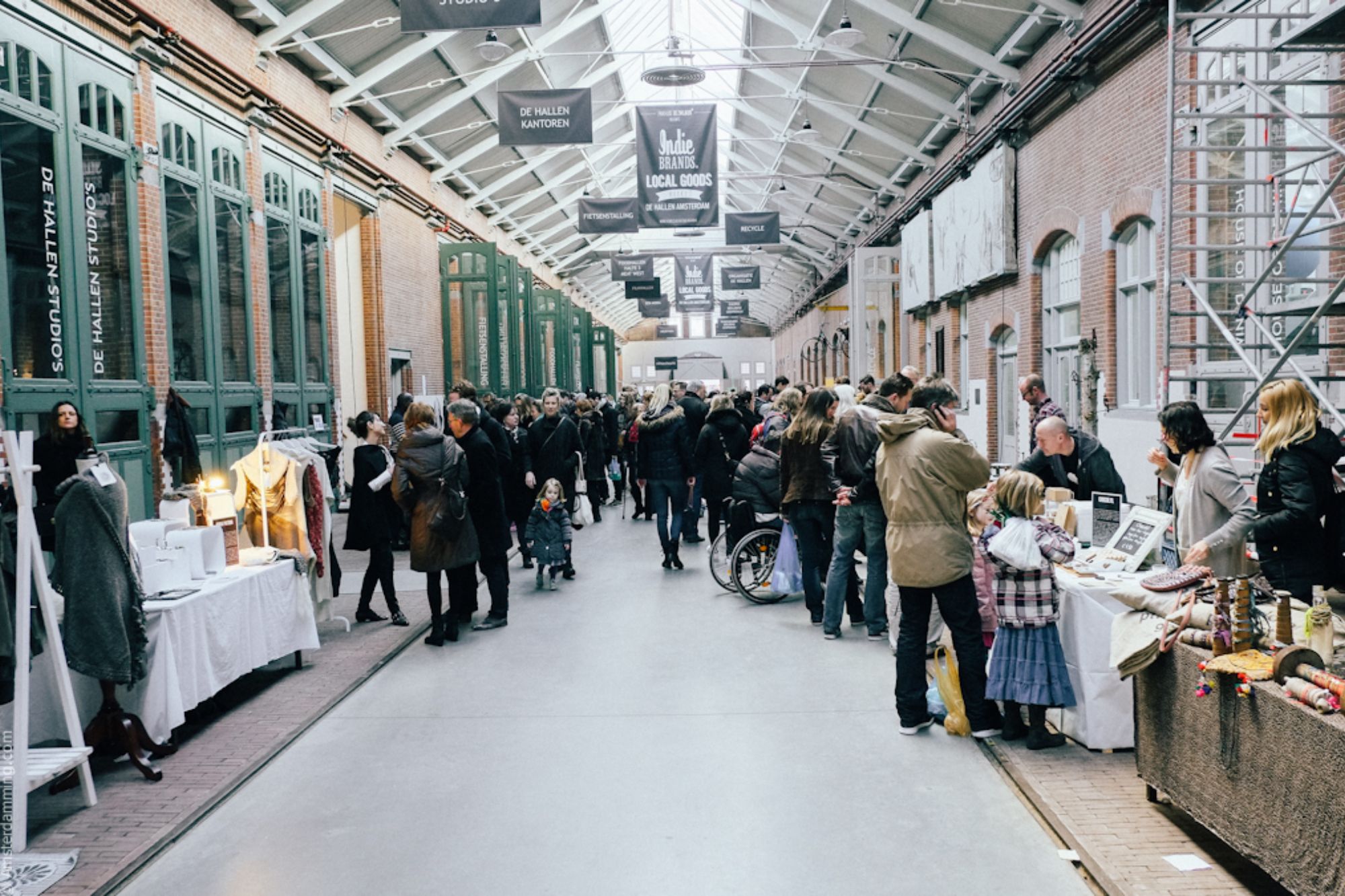
A former tram depot in Amsterdam West now serves as a cultural complex housing independent boutiques, artisanal food stalls, and cinema screens showing international films. Local designers display handcrafted goods while food vendors serve everything from Dutch classics to international cuisine in the central food hall.
Unlike tourist-focused markets, De Hallen primarily serves Amsterdammers seeking quality products and neighborhood atmosphere – making it perfect for visitors wanting authentic experiences alongside locals.
Like Travel Pug’s content? Follow us on MSN.
Beyond the Postcard Views
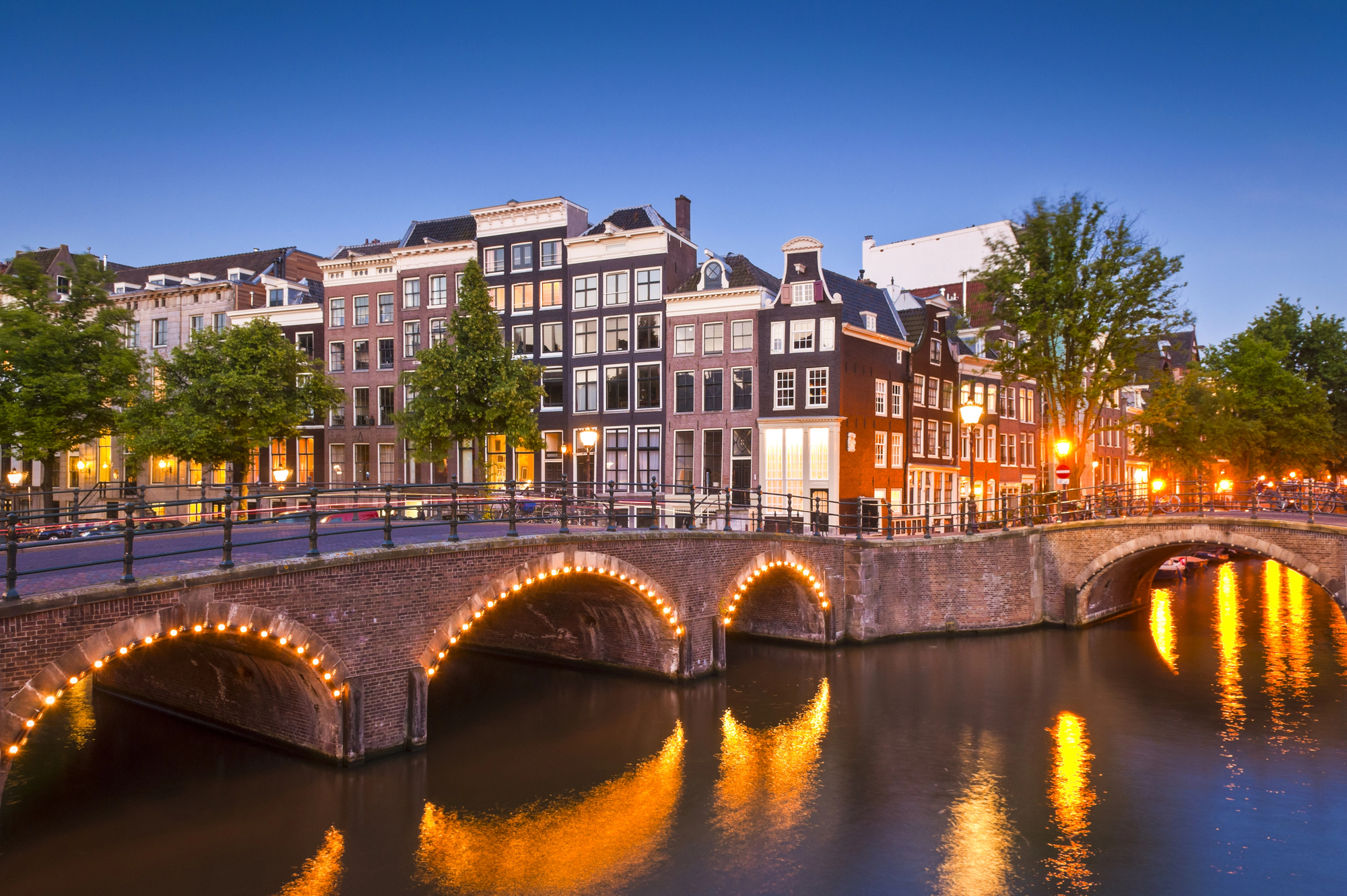
Amsterdam reveals its true character through these less-traveled paths where daily life continues unaffected by tourism’s relentless pace. These alternative experiences showcase the city’s innovation, architectural diversity, and community spirit that exist beyond postcard-famous views.
By exploring these spots, visitors gain authentic perspectives on how Amsterdammers actually live, work, and relax in their remarkable city. The reward comes in discovering that Amsterdam’s real magic lies not just in its famous canals but in the vibrant neighborhoods and hidden corners where local life thrives away from the crowds.
More from Travel Pug

- Cities Growing so Fast You Won’t Recognize Them in 10 Years
- 13 Destinations Where Tourists Regularly Regret Their Trip
- 16 U.S. Cities That Are Quietly Becoming Travel Hotspots
- Where to Travel If You Love Long Bus Rides and Daydreams
- 20 Cities Perfect for Solo Travelers Who Crave Adventure & Culture
Like Travel Pug’s content? Follow us on MSN.
